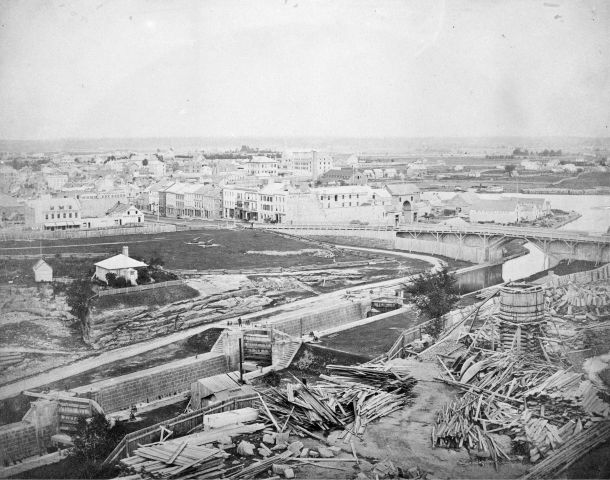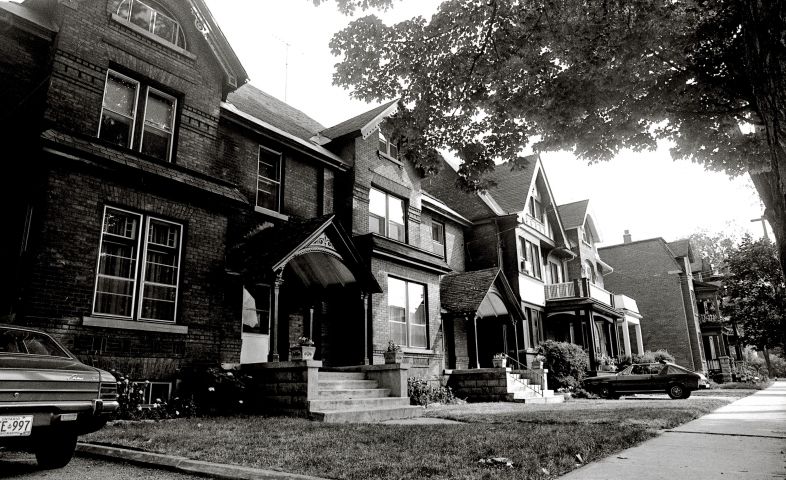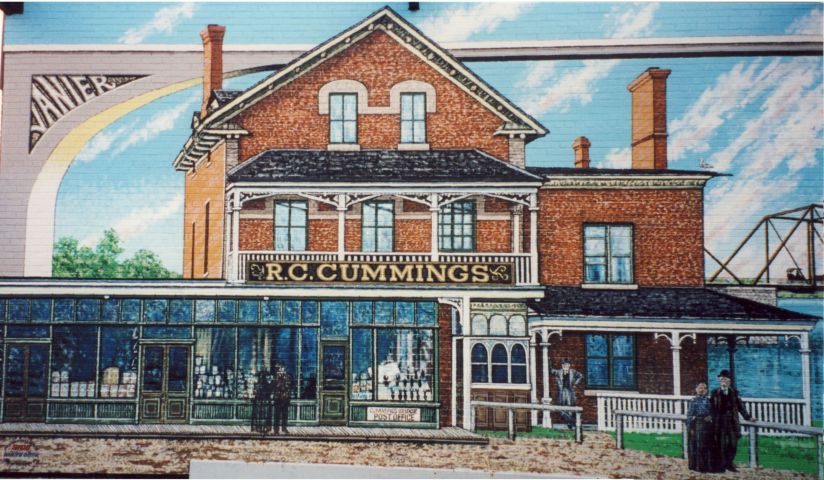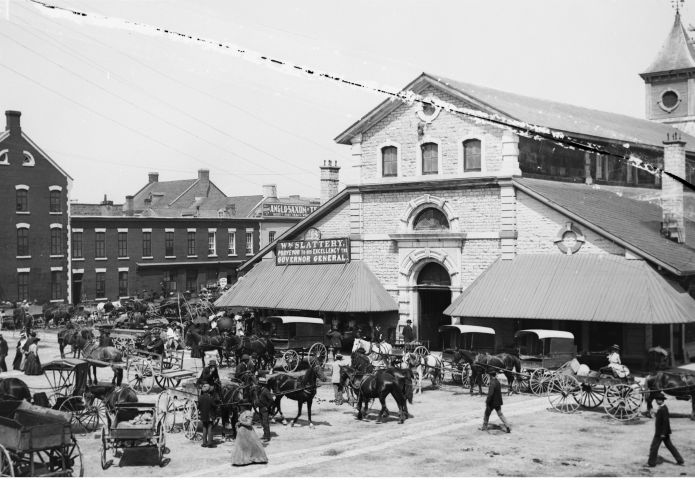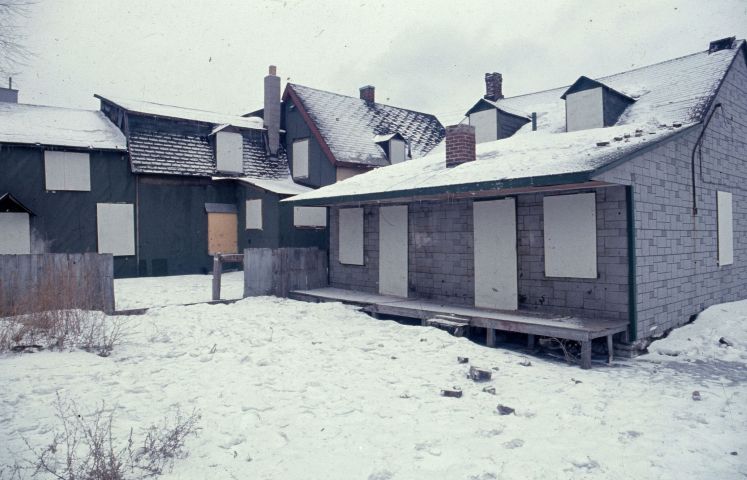Ottawa has been a centre of French life since it was founded at the beginning of the 19th century. Rideau Canal construction, the logging industry, the city's designation as the capital of Canada, followed by the explosion of the public service – all attracted Francophones from across the country. Ottawa quickly became the most important hub of French life outside Quebec City. Today immigration is a determining factor in maintaining the vitality of Ottawa's French-speaking world.
Francophones have shaped several neighborhoods in Ottawa – Lowertown, Lebreton Flats, Sandy Hill, Vanier, Orléans – and made them into distinctive communities. Those neighbourhoods have experienced great changes over the course of history. The great fire of 1900, the urban renewal project that resulted in the forced exodus of entire families during the 1960s and 1970s – these episodes are deeply rooted in living memory. The appeal of the suburbs proved to be a powerful factor of transformation. Both the urban fabric and the built environment reflect the dynamics of space and its use by several generations of Francophones. This heritage is at the heart of Francophone identity in the capital.
Two children on a Sandy Hill Street, Lowertown Ottawa, May 3, 1976. Photo: Le Droit.
Source : University of Ottawa, CRCCF, Fonds Le Droit (C71), Ph92-4-6011-12.



